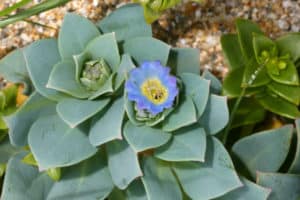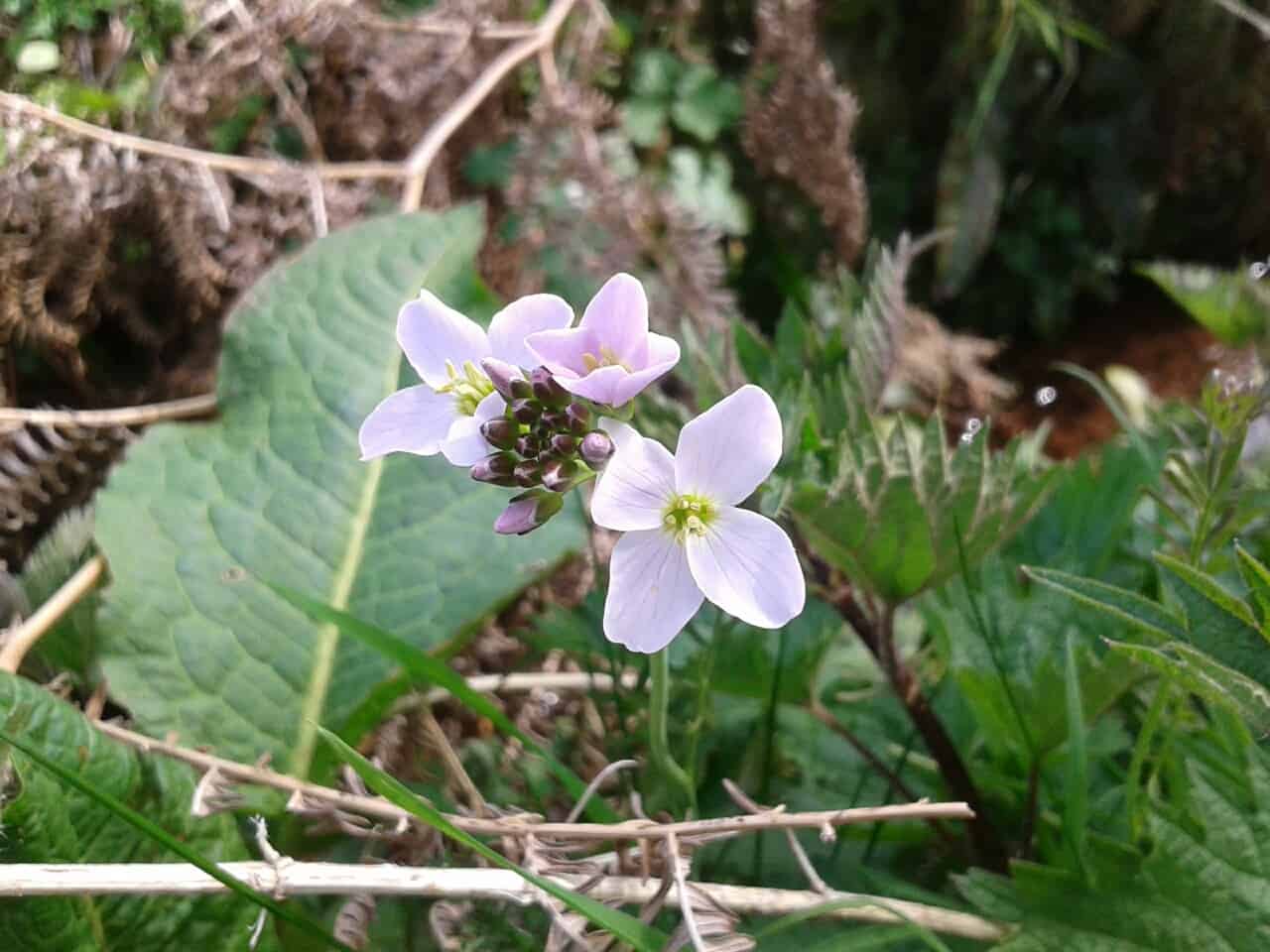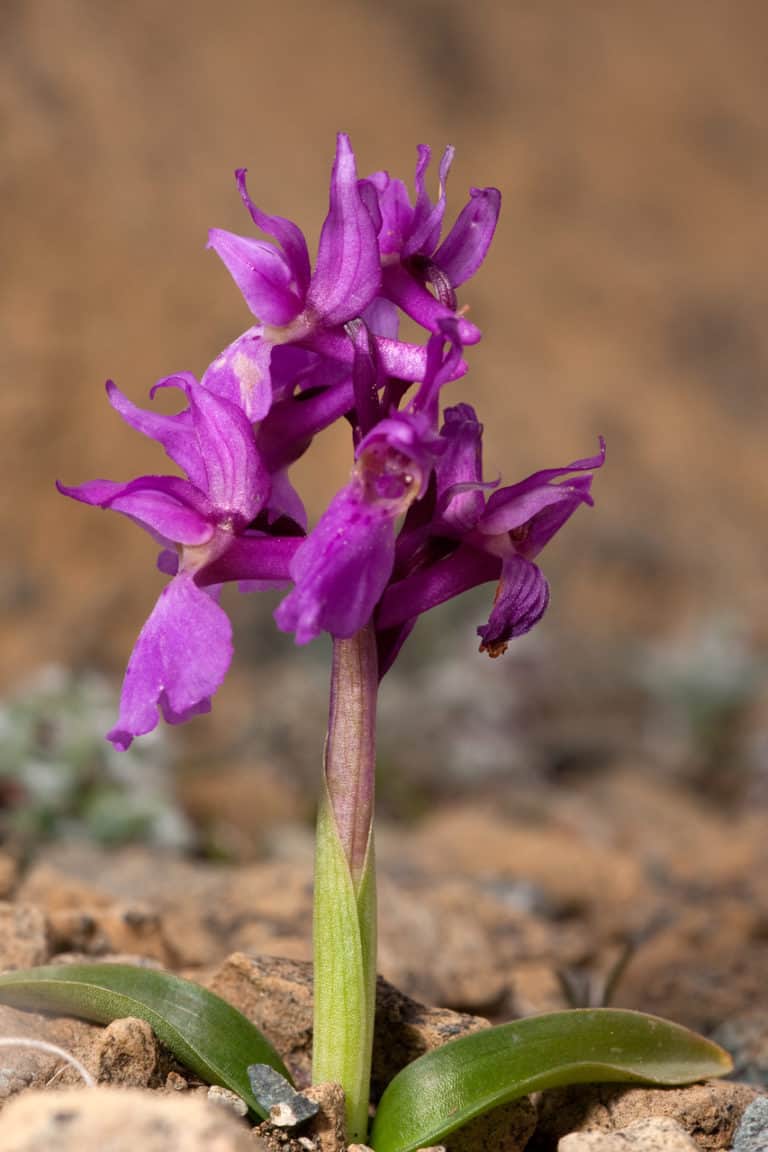The National Vegetation Classification (NVC) a key common standard used in the UK.
National Vegetation Classification is now one of the most commonly adopted systems for characterising the plant communities and used by planners, land managers and conservationists. Each of the NVC communities is systematically named with standardised descriptions. Examples include: Woodlands & Scrub, Mires & Heaths, Grasslands, Aquatic Communities, Swamps & Tall-Herbs and coastal communities such as Shingle, Strandline and Maritime Cliffs.

It was originally commissioned in 1975 by the Nature Conservancy Council – who are now Natural England – the government agency with a key role in nature conservation. The general approach was adopted by a leading botanist – Professor John Rodwell who gathered data from fellow botanists across the country following a briefing meeting at FSC Preston Montford. The initial surveys involved rigorous recording of plant data – including mosses, liverworts and lichens alongside information about the habitat and location.
Assigning an NVC to a plant community is a process involving plant sampling, identification and recording both the frequency and cover of each species. Environmental data from the soil, rock type, elevation and aspect is also noted. The results are compared to pre-published information called ‘floristic tables’ which enable the user to assign the best fit of the which also helps to understand more about the whole community ecology and management potential. The detailed handbooks to further understand these surveys are published in 5 volumes and updates are available via the JNCC website.
Identification resources:
Phase 1 survey guide Grassland and marsh: This guide will help you carry out a Phase 1 habitat survey in grassland and marsh habitats. There are 44 indicator species, following the guidelines set out in the JNCC Handbook.
Phase 1 survey guide Heaths and mires: This guide will help you carry out a Phase 1 habitat survey in heath and mire habitats. There are 62 indicator species, following the guidelines set out in the JNCC Handbook.


